Hai Phong Through the rice book contract, Mr. Bui Ngoc Cuong was able to sell rice grown in the fields of blood worms and shrimp ponds at good prices to farmers even before the rice plants bloomed.
In early May, looking at the green fields along the Thai Binh River in Tan Lien Commune, Vinh Bao District, Mr. Bui Ngoc Cuong, 30 years old, was happy because the rice was good and would yield a high yield. Over the past two years, this field has provided about 50 tons of rice for the Ngong rice book project that Mr. Cuong built.
As the son of a famous farmer in An Lao district, Cuong chose to study Animal Husbandry and Veterinary Medicine at the Vietnam Academy of Agriculture. After graduating, he felt that "knowledge in school was still behind farmers", so Cuong decided to study abroad in the Netherlands.
In the early days of studying abroad, Mr. Cuong approached agricultural models or modern machinery with the aim of bringing them back to apply in Vietnam. However, the more he learned, the more he realized that the agricultural production system in Vietnam was not yet a sustainable chain, there was a large gap between farmers and consumers, leading to problems such as good harvests but low prices, and uncontrolled product quality.
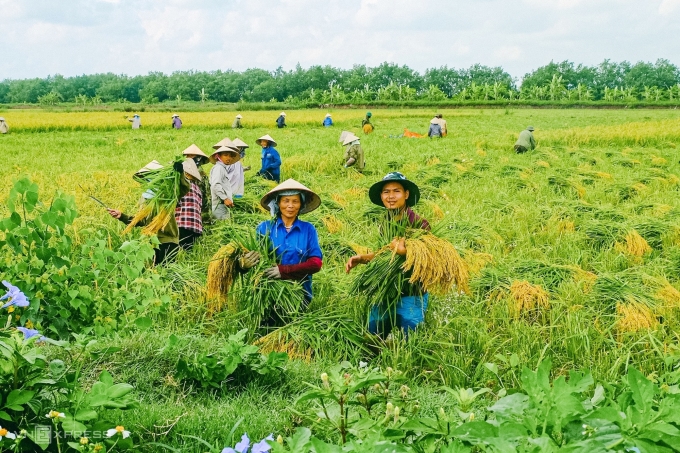
Cuong and farmers in Tien Minh commune, Tien Lang district harvest rice in a field of bloodworms in 2022. Photo: Provided by the character
The Hai Phong international student realized that his knowledge, even after finishing university, was still far behind his younger classmates. Students there often spend their final years doing field work. They even come to Vietnam, both to travel and to learn about their field of study.
Learning from his friends, in 2017, Mr. Cuong returned to Vietnam and traveled across the country by motorbike to visit and work directly on many farms. In Hoi An, he encountered an interesting model that created many sources of income for farmers through tourism and educational activities around the fields. "That model was close to the ideas I was nurturing, so I stayed here for a few months," Mr. Cuong recalled.
After two years of field work, Mr. Cuong returned to Hai Phong to develop a project to sell organic agricultural products with the main product being rice from the field of earthworms, named Ngong rice. "In Ngong, there is the word "delicious" of quality, the word "nong" of farmers and agricultural products, and the word "ngong" of youth, with the tilde of experience, of creative change, accepting difficulties to bring quality agricultural products to customers," he explained.
In fact, rice grown on the fields of rươi (also called rươi rice) is not a new agricultural product. In the rươi areas of Hai Phong, Hai Duong or Thai Binh, farmers still take advantage of the time from the first to the fourth lunar month when the fields are left empty to grow rice. Because they have to keep the environment clean for the rươi, when cultivating rice, people do not use fertilizers or chemical pesticides. Rươi rice is therefore clean and purely natural.
"My father also grows rice and earthworms. There were times when we had tons of rice in the house, but it was very difficult to sell. The whole farm had dozens of people eating it all, so we had to cook it for chickens, ducks, and geese," said Mr. Cuong.
To find the best solution for his project, Mr. Cuong initially played the role of a rice trader. After more than a year of struggling and using all kinds of advertising methods, he realized that buying rice from farmers, storing it and then selling it created many risks such as inventory and capital stagnation, making it difficult for businesses to commit to purchasing products from farmers, pushing up the price of rice (market price 50,000-70,000 VND/kg). That made farmers, customers and businesses all suffer, losing too much money to intermediaries. "I also lost more than a billion VND," he said.
From the initial lesson, Mr. Cuong built a model connecting farmers with customers using rice books. The red book, designed by him and decorated with many images and slogans commonly seen in the subsidy period, is a purchase commitment contract between customers and farmers, coordinated through Mr. Cuong's company and the local agricultural extension unit.
When customers make a rice book, they will pay in advance at a price 22-35% more favorable than the retail price. Specifically, customers who buy 60 kg of rice through the book will pay 42,000 VND/kg, 100 kg will pay 39,000 VND/kg, 200 kg will pay 36,000 VND/kg. Mr. Cuong even has a 500 kg book for units and schools at 33,000 VND/kg.
Mr. Cuong's company will pay for rice to customers according to the registration time. Rice is always milled, packaged and delivered to customers within one to five days to ensure freshness. Customers are advised to only take enough rice to eat within a month. When the rice in the book runs out, customers will be able to open a new book without worrying about price changes.
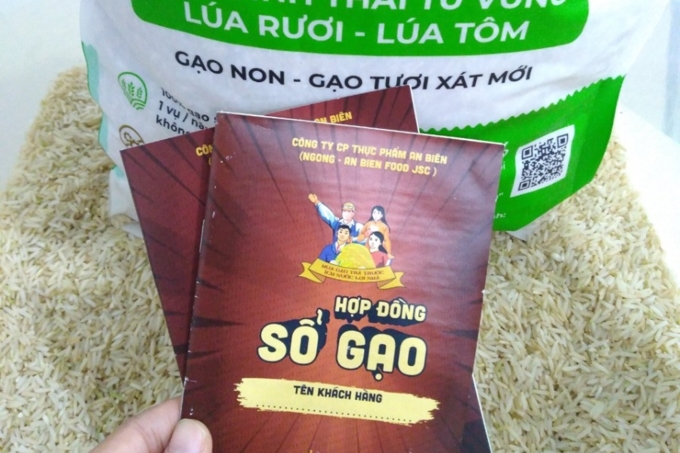
The rice book was invented by Mr. Cuong to connect customers with farmers. Photo: Le Tan
To help customers better understand the quality of rice and how to cooperate, Mr. Cuong organizes a "Goose's trip" tour for customers to visit the fields and talk to farmers. "Customers who trust me will recommend me to their relatives and friends. That is how I can promote the product at the lowest cost, thereby lowering the selling price," said Mr. Cuong.
From the amount of rice customers have registered, Mr. Cuong signs a contract with farmers and then buys fresh rice right in the field, ensuring that there is no mixing. Thanks to the prepayment from customers, farmers feel secure in production and are more responsible for the products they make. There are also a few cases where the delivered products are not guaranteed, Mr. Cuong proactively terminates the contract.
Mr. Cuong himself is not under too much financial pressure, so he has started to expand to other clean products. He sells more eggs and fruits in the style of "beer with peanuts" at preferential prices for customers who already have rice books. This not only helps farmers sell their products, but also helps customers get delicious food at the best prices. To date, Mr. Cuong has developed 1,000 Goose rice books, consuming 500 tons of ST25 rice grown in fields of blood worms and shrimp ponds each year.
To ensure supply, in addition to Hai Phong, Mr. Cuong has connected with 200 farming households in communes in Thai Binh, Kien Giang, and Ca Mau. Mr. Trieu, the owner of 2 hectares of rice fields, has participated in the Goose Rice project for two years and said: "The first year, I only planted a part of it. Seeing that the land was improved and the selling price to Mr. Cuong was higher than outside, this year I planted the entire area."
In localities, Mr. Cuong also cooperates with many agricultural extension centers to manage raw material areas and provide professional training for farmers. Working with Mr. Cuong since 2019, Mr. Nguyen Van Tuan, Head of Vinh Bao District Agricultural Extension Station, assessed that the Goose rice model has the potential to expand because of the close connection, with the participation of farmers - the state - businesses and customers. Farmers can sell rice stably, without worrying about output or price loss. Customers can eat delicious, clean rice with clear origin.
From the success of Goose rice, Mr. Cuong is building a plan to apply it to other agricultural products, aiming to form a supply chain of quality, safe, and useful agricultural products for the community, ensuring output for farmers and protecting the natural environment.
Le Tan
Source link




![[Photo] Prime Minister Pham Minh Chinh receives Mr. Jefferey Perlman, CEO of Warburg Pincus Group (USA)](https://vstatic.vietnam.vn/vietnam/resource/IMAGE/2025/4/18/c37781eeb50342f09d8fe6841db2426c)
![[UPDATE] April 30th parade rehearsal on Le Duan street in front of Independence Palace](https://vstatic.vietnam.vn/vietnam/resource/IMAGE/2025/4/18/8f2604c6bc5648d4b918bd6867d08396)



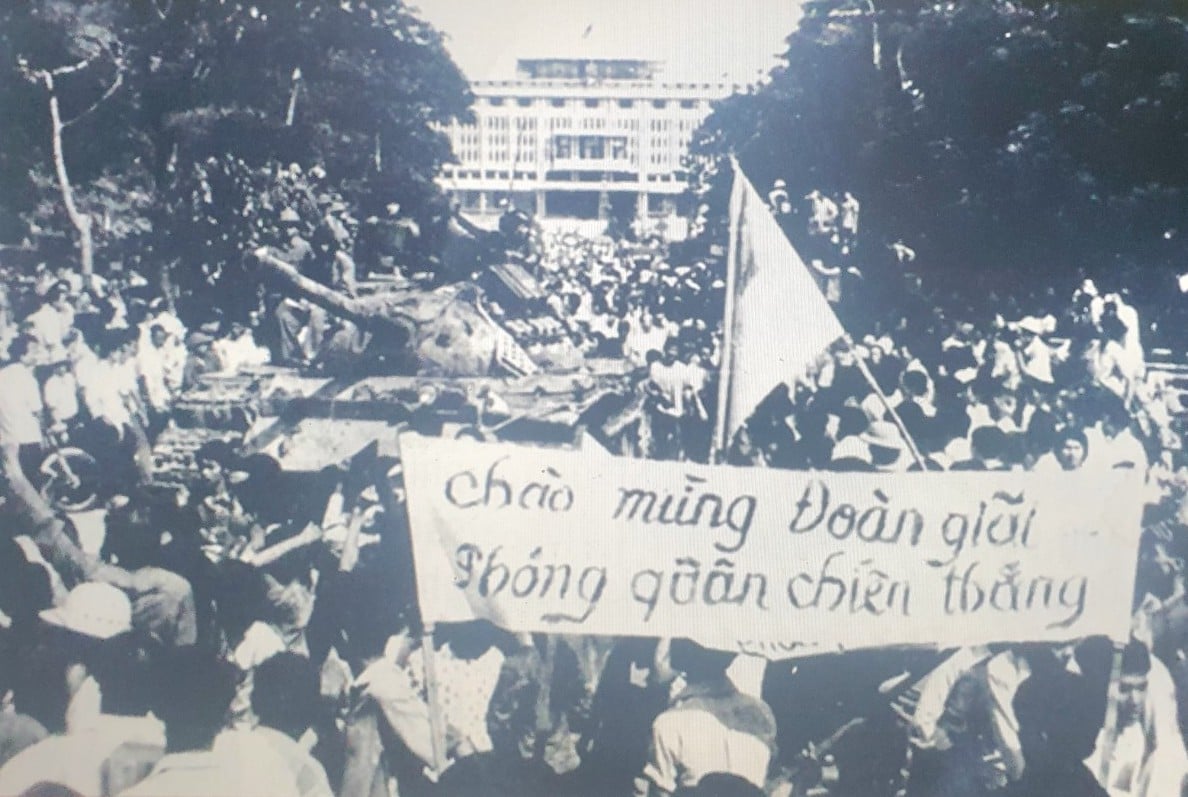








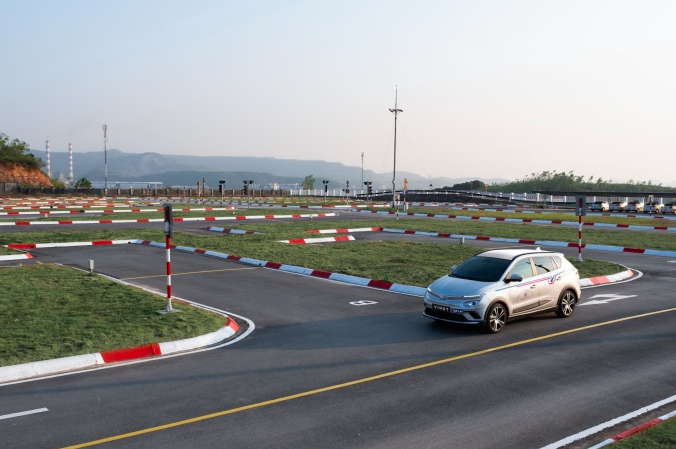
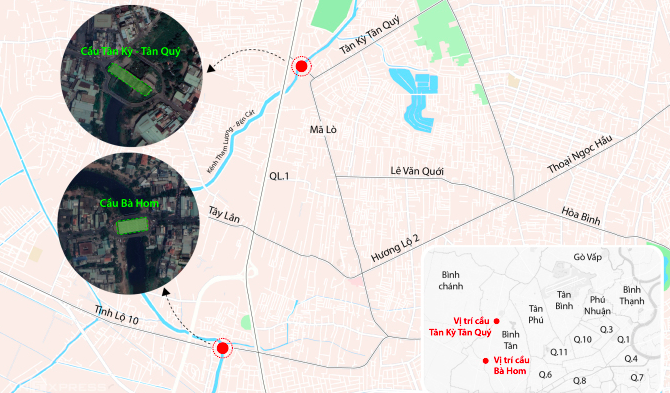


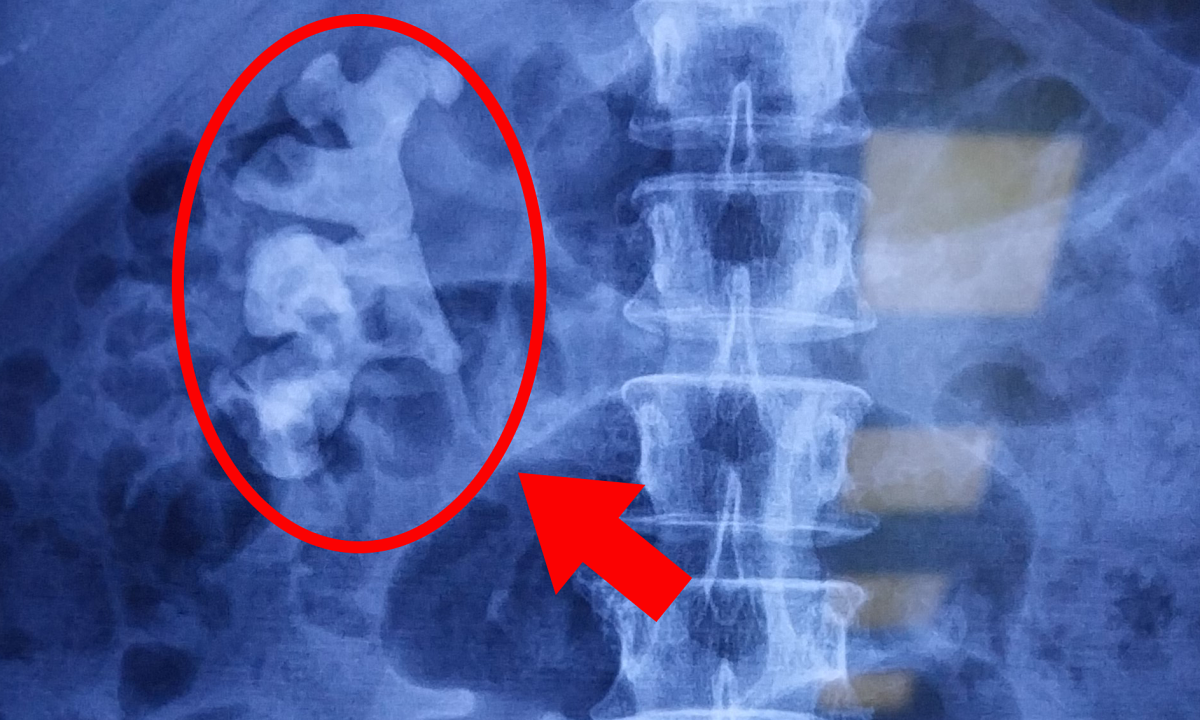
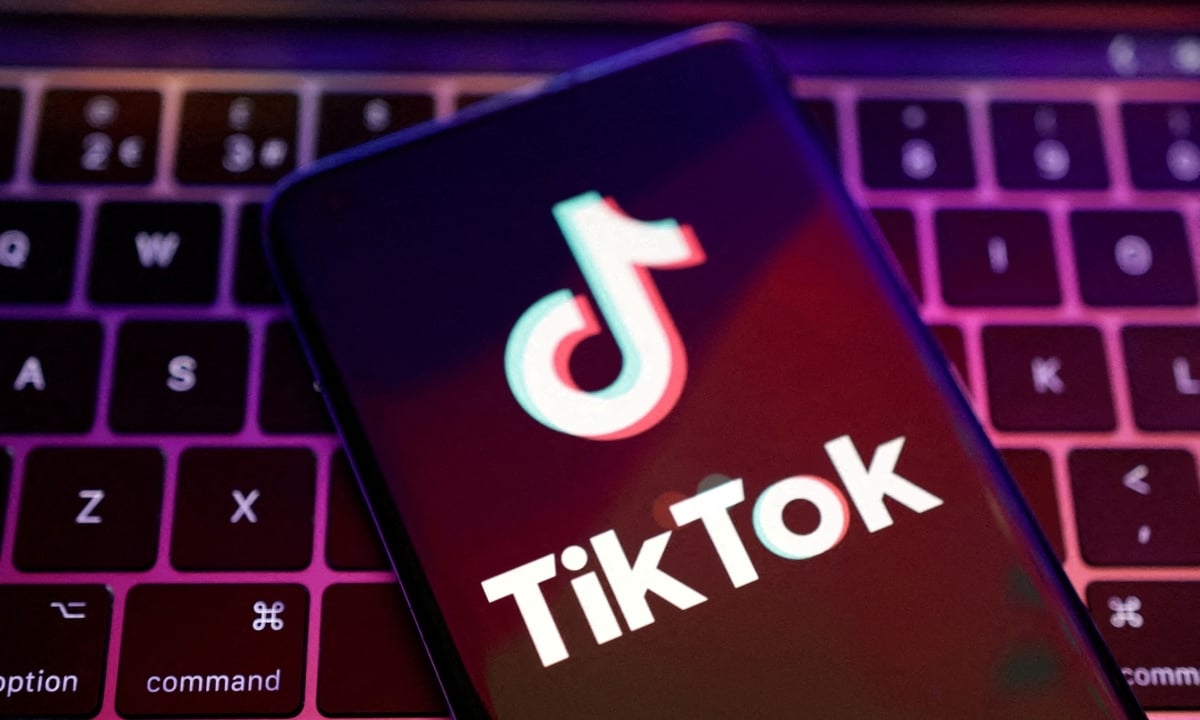

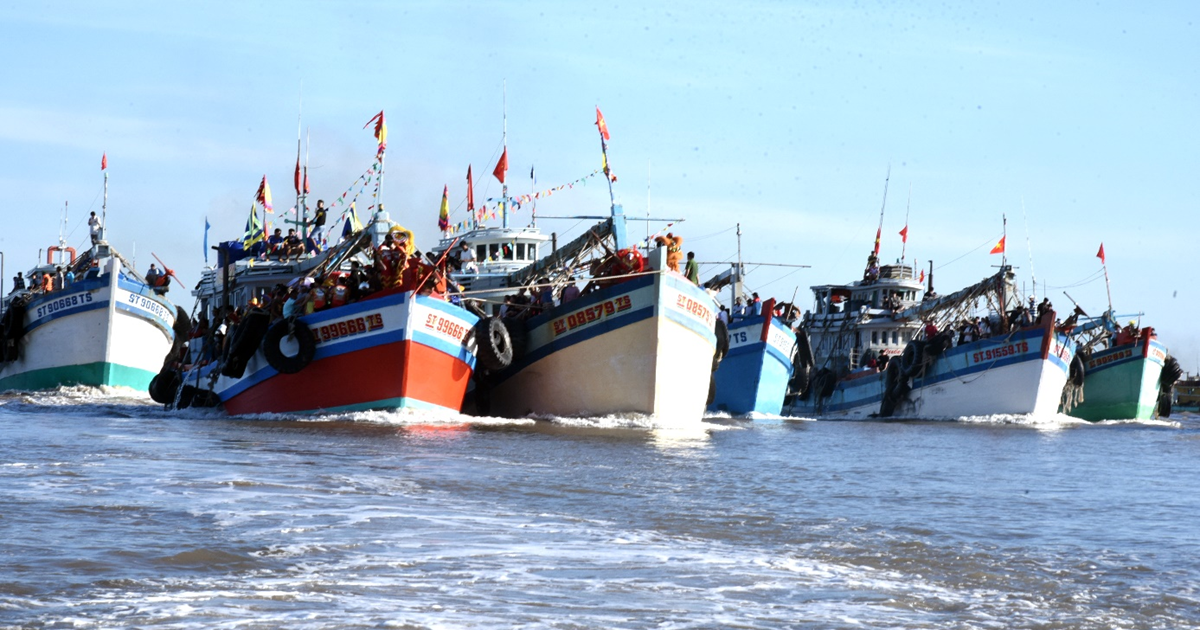




























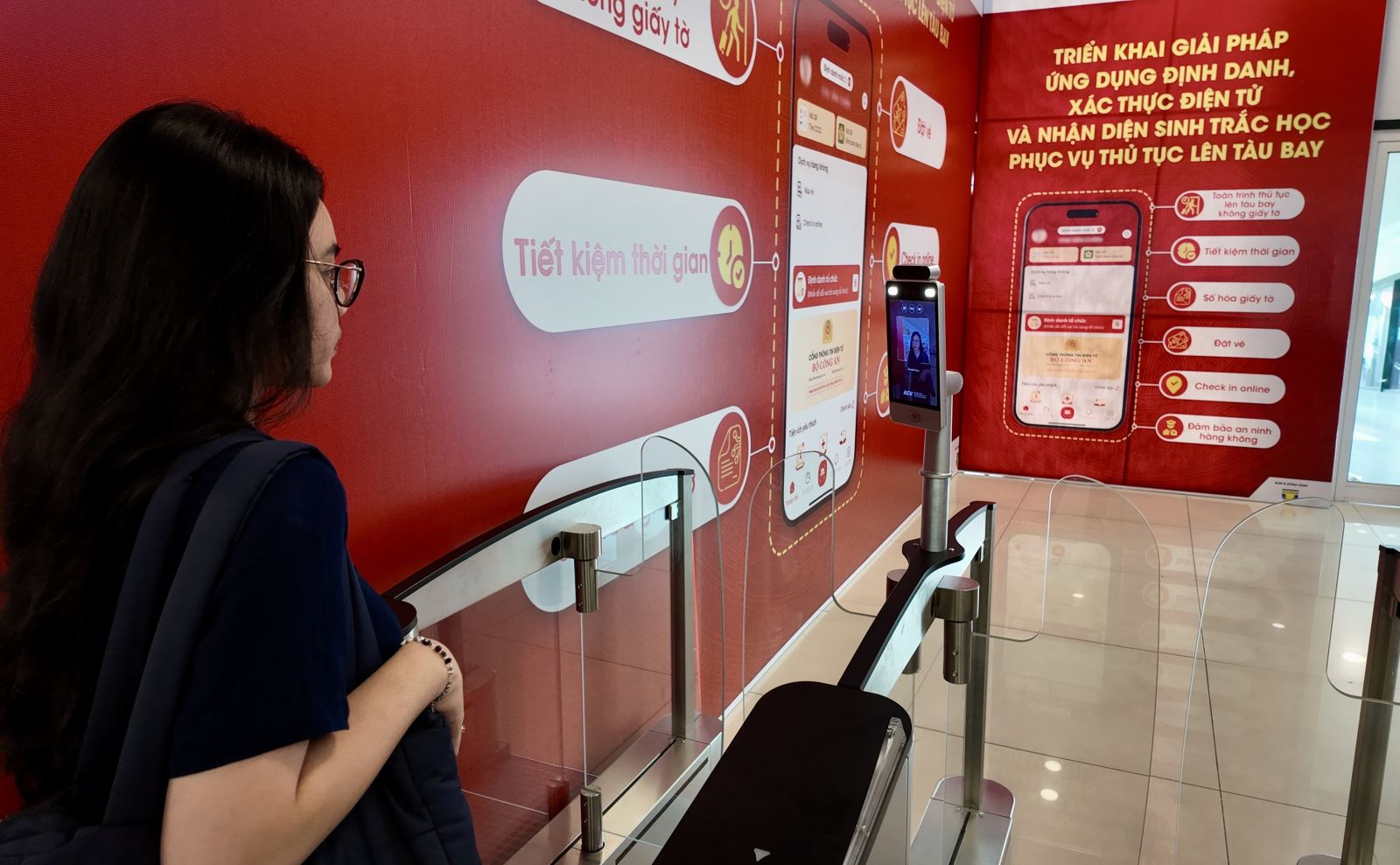
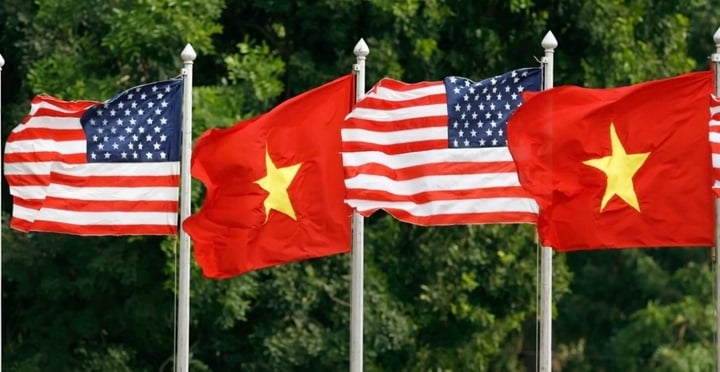

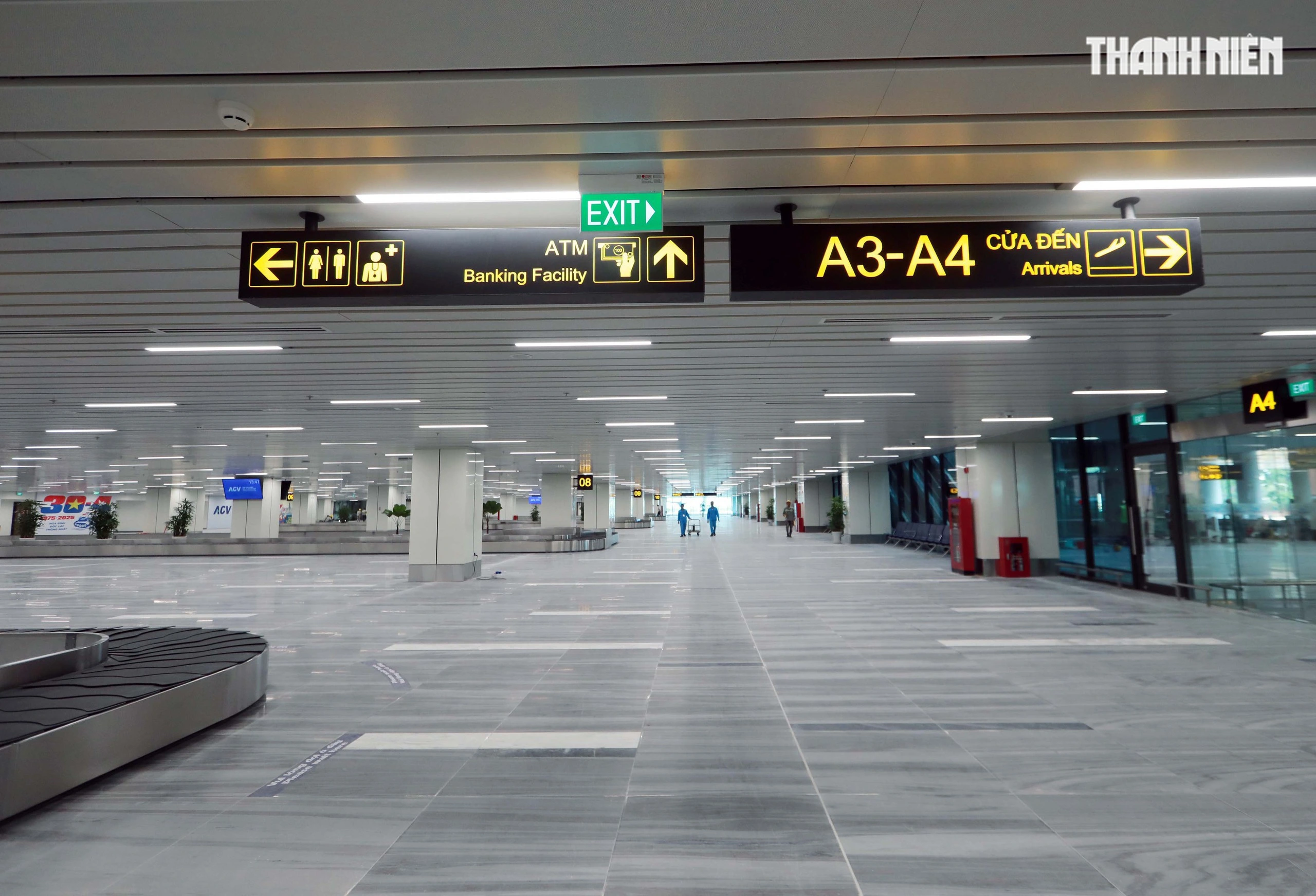
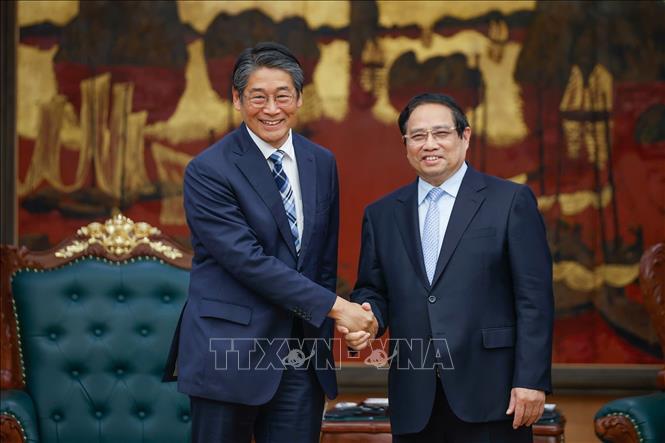







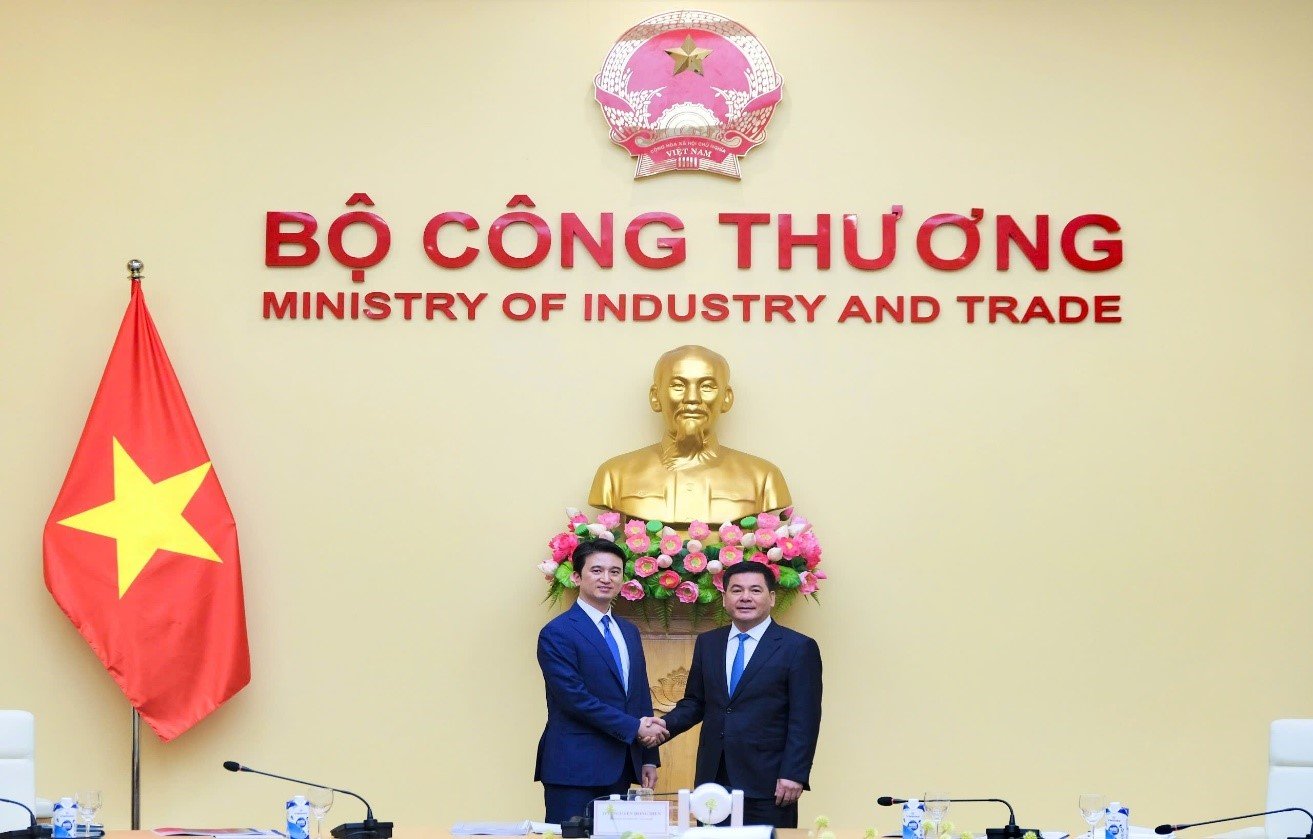

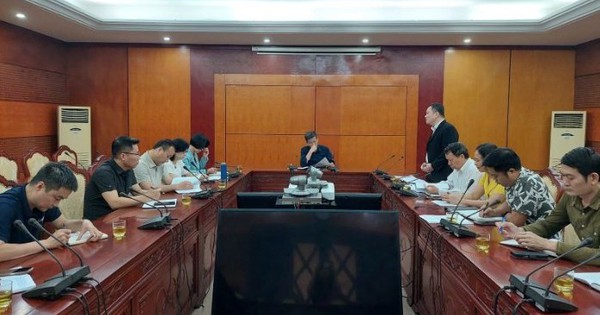


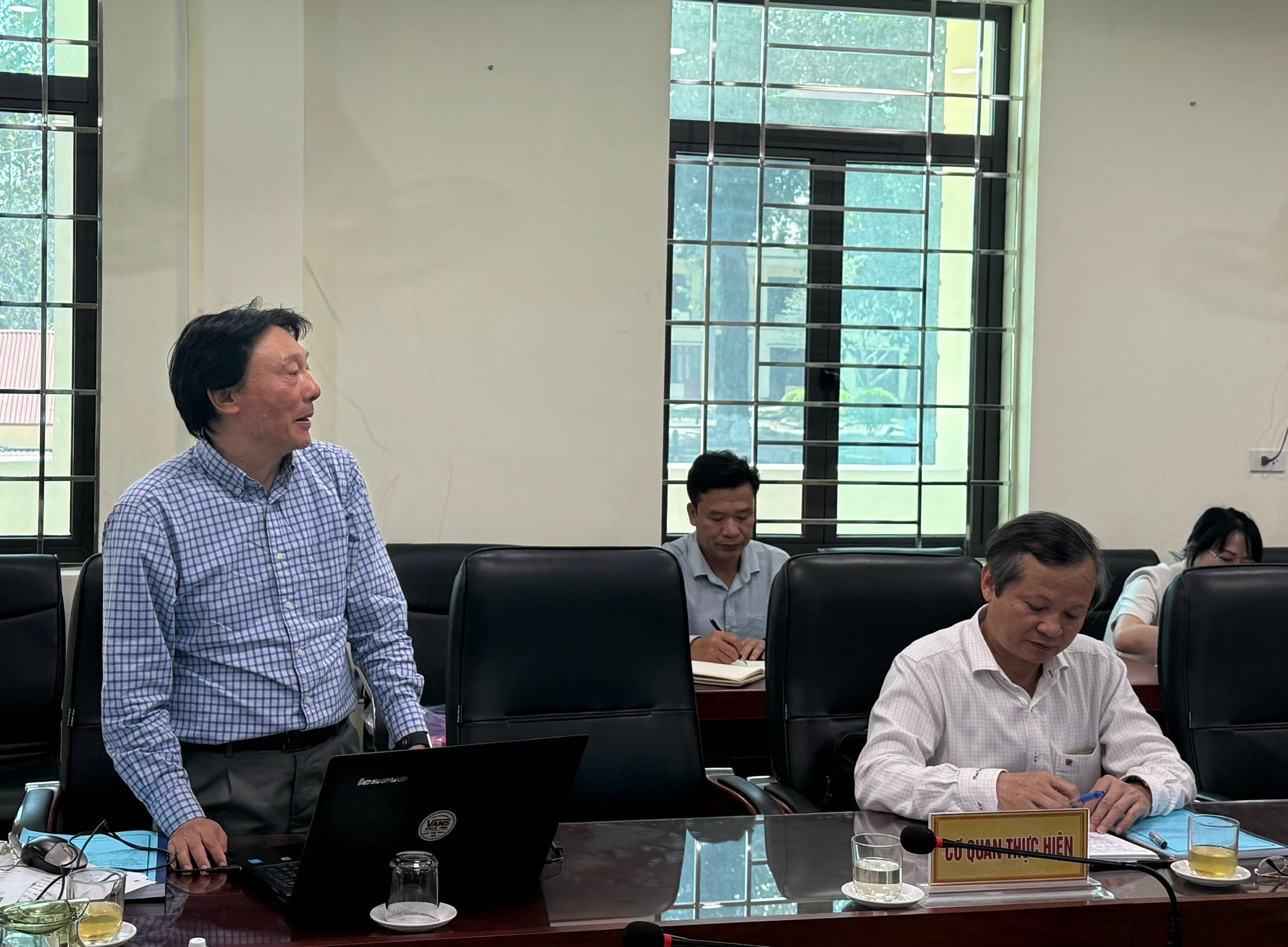
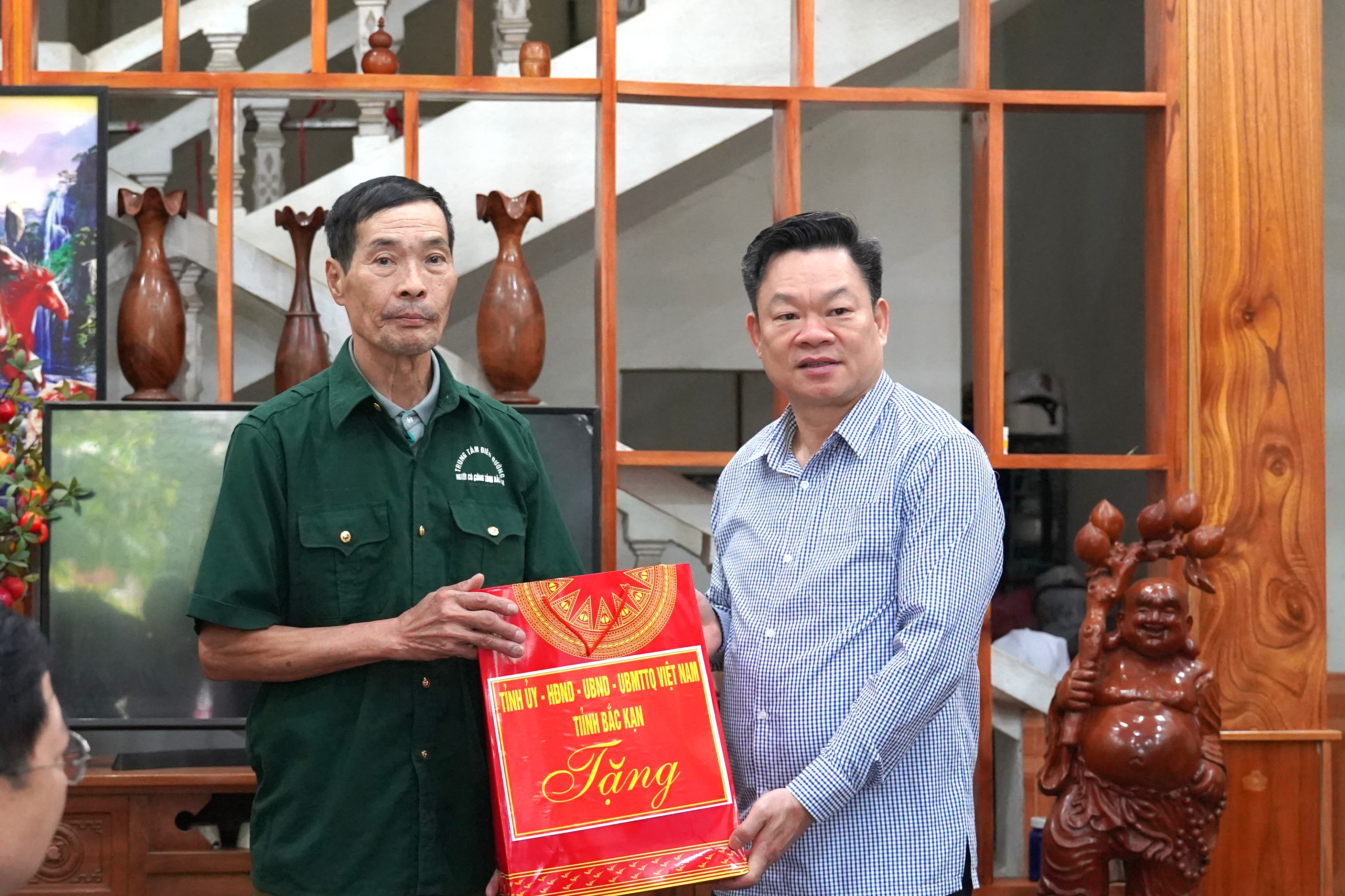
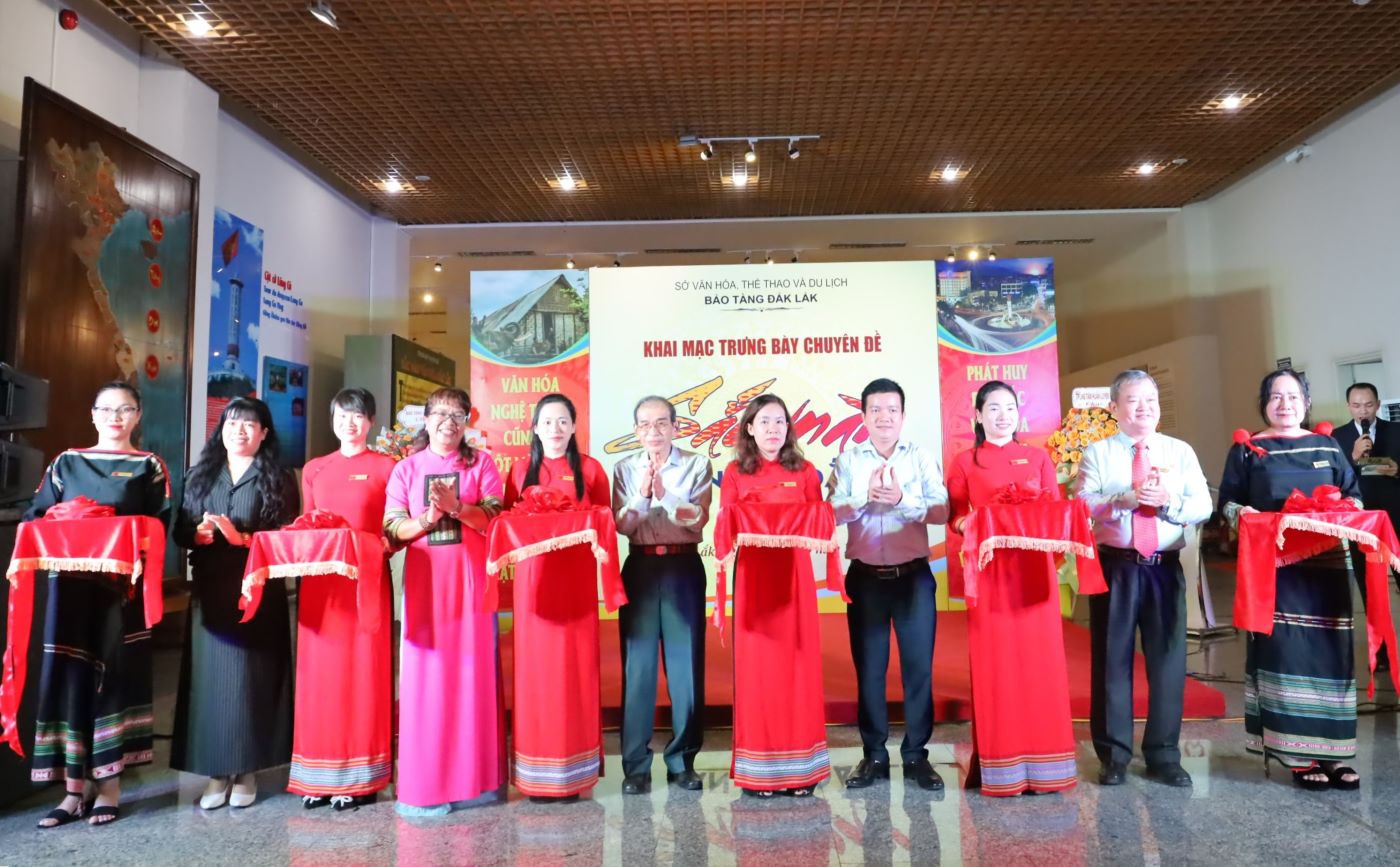
![[Podcast]. The season of changing leaves](https://vstatic.vietnam.vn/vietnam/resource/IMAGE/2025/4/18/79e41707af0344609802acab045e94e5)

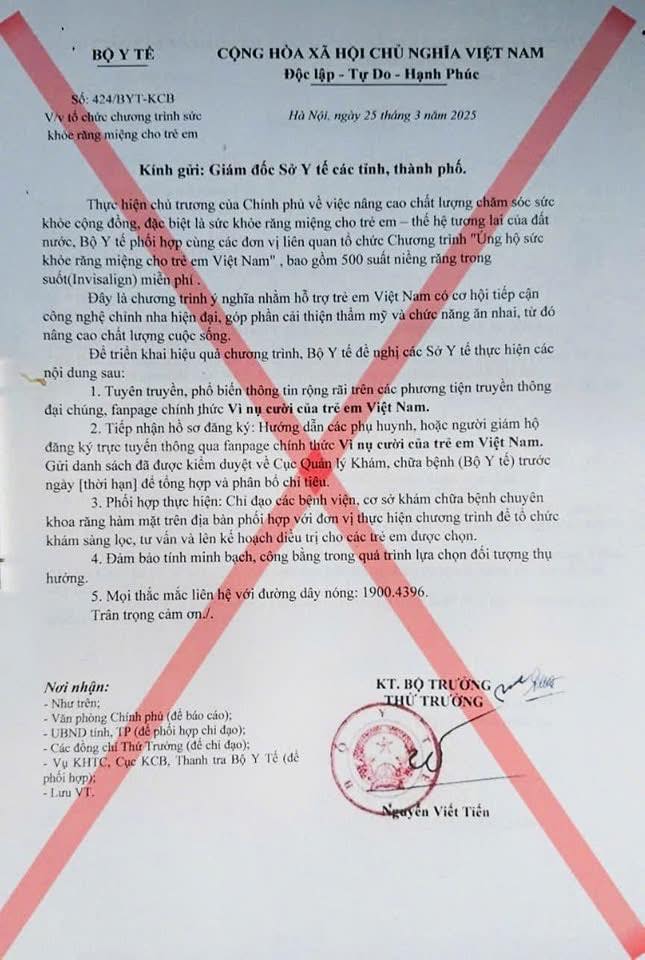












Comment (0)